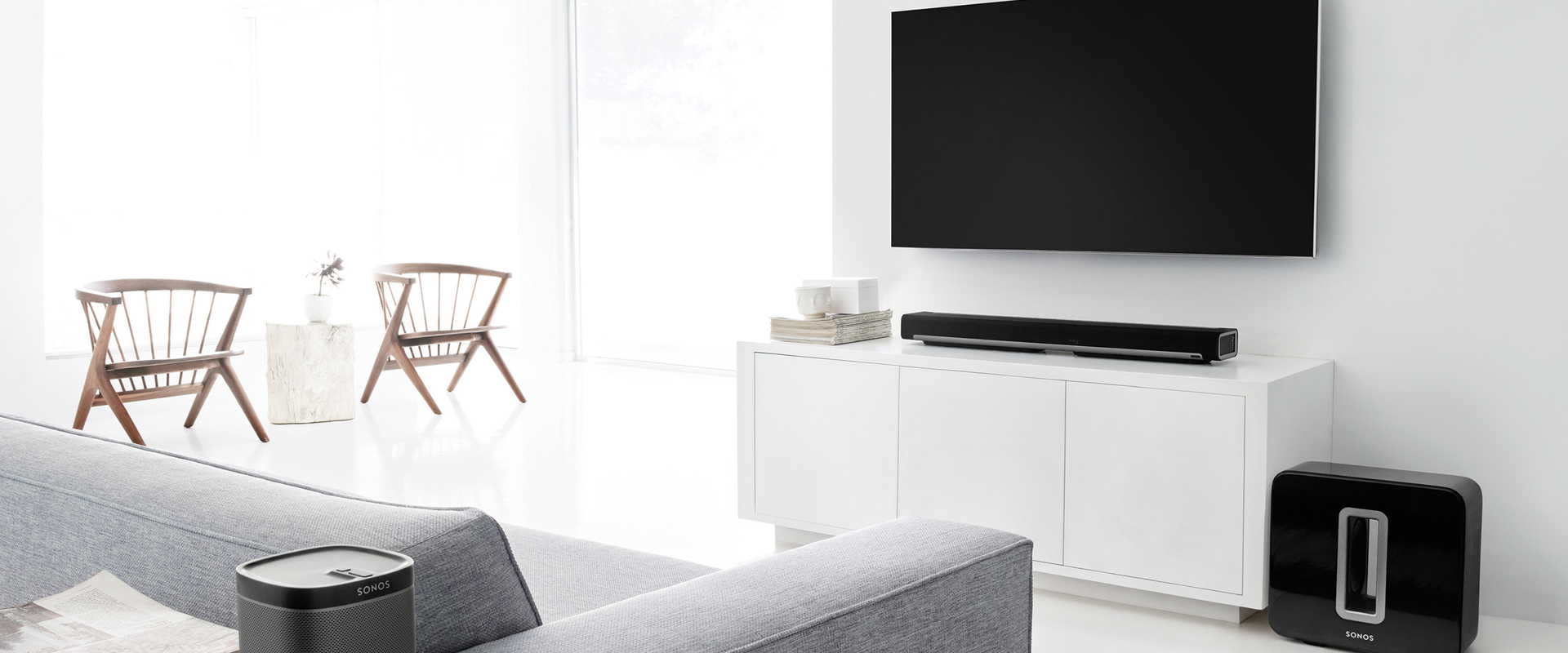In well-lit lighting conditions, movement detection is generally more reliable. When there is sufficient light, sensors and cameras can capture sharper images, which assists in identifying dynamic objects. Well-lit environments allow for better distinction between the moving element and the background. This differentiation is essential for both visual observers and mechanical technologies, as it makes it simpler to differentiate between static and moving elements in a setting. Therefore, making sure that spaces are adequately illuminated can greatly improve the performance of motion detection technologies.
On the other hand, low-light environments can pose difficulties for motion detection. In low-light environments, darkness can obscure dynamic objects, which makes them difficult to perceive. Additionally, the human eye struggles to detect movement in low light, which can lead to misunderstanding of the situation in the environment. Cameras may also face difficulties, as many do not function well in low light without the use of infrared capabilities or other enhancements. These limitations highlight the significance of additional resources adequate illumination in settings where movement detection is critical.
Moreover, various types of illumination can have varying effects on motion detection. For example, neon lights can flash, which might mislead motion detection technologies that depend on consistent illumination input. On the contrary, natural provides a consistent source of illumination that improves visibility. Comprehending these differences in lighting types can assist users in choosing the most suitable lighting for specific uses, especially in security and surveillance situations.

In summary, the connection between lighting conditions and motion detection accuracy is important. By making more sure that settings are suitably illuminated, we can enhance the reliability of movement detection technologies. This knowledge not only supports technological applications but also enhances security and safety in multiple environments. As more advancements are made in motion detection technology, considering illumination environments will continue to be a crucial consideration in enhancing effectiveness and ensuring that these systems work effectively in different environments.